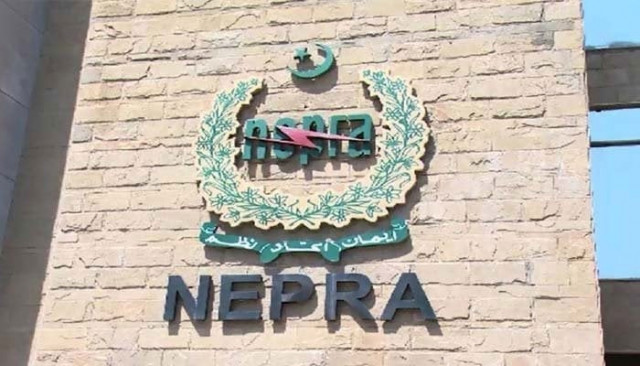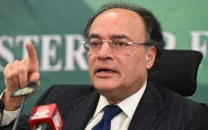NEPRA okays KE’s take-or-pay model
Dismisses request for ‘must-run’ status for RLNG plants, overhaul allowances

The National Electric Power Regulatory Authority (Nepra) has conditionally approved a tariff petition of K-Electric (KE) for its power generation plants post-June 2023.
Nepra gave the green light for KE’s take-or-pay tariff model and fuel cost adjustments with a seven-year control period for most plants. However, the request for “must-run” status for re-gasified liquefied natural gas (RLNG)-based plants and separate major overhaul allowances was not endorsed. The regulator also rejected simple-cycle operation based on high-speed diesel (HSD) for certain plants.
The approval granted by Nepra allows KE to transition from an integrated to an unbundled generation tariff structure, enabling separate plant-wise tariffs. This unbundling is intended to improve transparency and efficiency in company operations. The power-sector regulator also approved a two-part tariff structure for KE, aligning it with the structure used for the independent power producers (IPPs).
KE had requested a tariff control period for the remaining useful life of its power plants, but Nepra approved a control period of up to seven years or the remaining useful life, whichever is shorter.
An exception was Bin Qasim Power Station-III (BQPS-III), which was granted an 11-year control period, as opposed to the request for 30 years from KE.
One of the major issues in the petition was the request for “must-run” status for RLNG-based power plants under a take-or-pay gas supply arrangement.
KE, which sources gas from Sui Southern Gas Company (SSGC) and is exploring alternative supplies, particularly RLNG, argued that the unpredictable nature of SSGC supplies, combined with its RLNG contracts, warranted a “must-run” status. Nepra, however, turned down the request, pointing out that while take-or-pay contracts were common, KE entered into agreements without prior regulatory approval. As a result, the company must bear the financial risks associated with those contracts.
The regulator emphasised the need for careful demand forecasting and risk management, as any shortfall in fuel consumption could lead to financial liabilities.
Furthermore, it conducted a comprehensive comparison of KE’s operation and maintenance (O&M) costs with other IPPs and allowed the lowest O&M component, putting additional pressure on the company’s financial structure.
KE submitted that in the last multi-year tariff (MYT) request, a dollarised 15% return on equity was allowed by the authority subject to variations in rupee-dollar exchange rate. Accordingly, the company proposed a dollar-based return on equity of 15% subject to variation in rupee-dollar exchange rate on a quarterly basis, as allowed by the authority to the IPPs.
Against KE’s request for 15% dollar-based rate of return, Nepra allowed 14% return on equity.
For BQPS-I at plant factor 60%, the levelised tariff is Rs3.65 per kilowatt-hour (kWh) and for BQPS-II at plant factor 60%, the levelised tariff is Rs12.8043 per kWh.
For Korangi Combined Cycle Power Plant, if run on gas, at plant factor 60%, the levelised tariff goes as high as Rs38.03 per kWh, and if it is run on HSD, the levelised tariff will rise further to Rs59.06 kWh.
For SGEPS with plant factor of 60%, the levelised tariff is Rs39.68 per kWh while for BQPS-III at plant factor 92%, the levelised tariff is Rs8.48 per kWh if run on gas/RLNG, and Rs16.75, if run on HSD.
However, it is pertinent to note that this determination will not affect the consumer electricity rates, which are governed under a uniform tariff policy applied across the country. According to KE, it is currently reviewing Nepra’s determination. It observed that the approved tariff structure included reductions in various areas including O&M costs and the control period.
“KE remains in discussions with Nepra to ensure that these changes align with its long-term vision for a sustainable energy system. The company is also engaged with Nepra to finalise tariffs for its distribution, transmission and supply services, along with a review of its investment plan,” it said.
Since privatisation, KE says it has invested over $4 billion in Karachi’s power infrastructure, doubling customer base and reducing line losses by half. Today, 70% of the company’s network is free from load-shedding.



















COMMENTS
Comments are moderated and generally will be posted if they are on-topic and not abusive.
For more information, please see our Comments FAQ